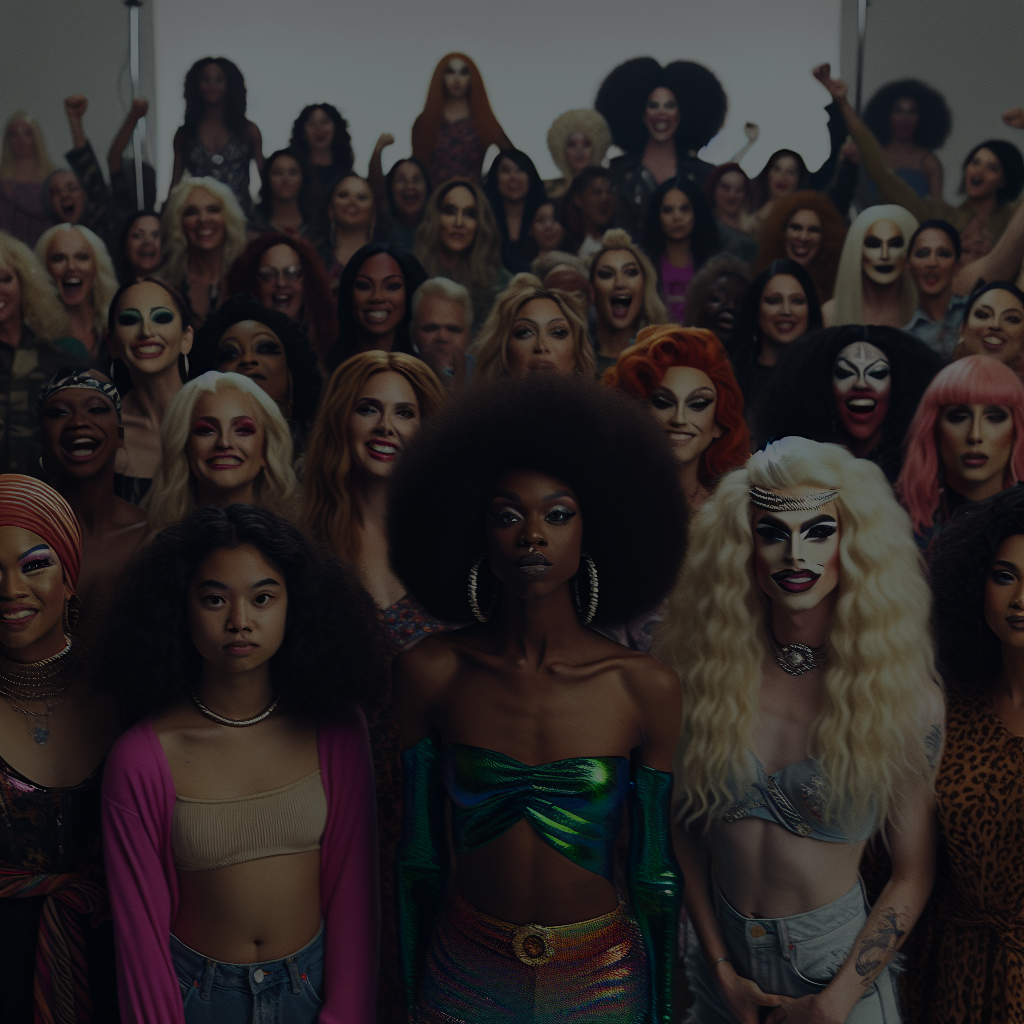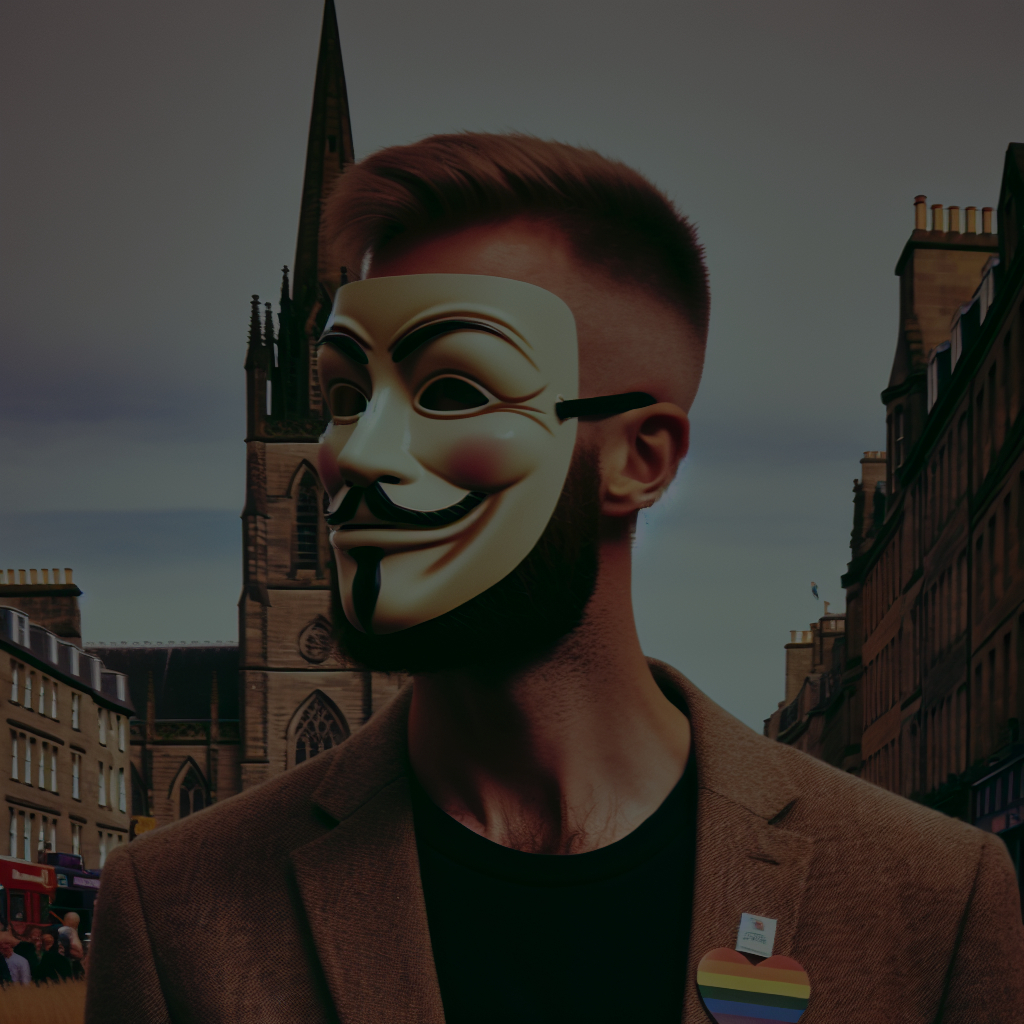In the popular imagination, drag is generally synonymous with Drag Queens— flamboyant performers who exaggerate femininity to dazzling extremes. But in recent years, a growing community has shaken up this traditional image: the Hyper Queens. Typically AFAB (Assigned Female at Birth), these artists are carving a space of their own in drag culture by using the femininity they already embody as a bold, expressive art form—dialed all the way up.
Who are these performers? Where did they come from, and why has their presence stirred debate within the drag community? Let’s dive into the vibrant world of Hyper Queens—where empowerment, performance, and cultural transformation collide.
What Is a Hyper Queen?
The term Hyper Queen refers to drag artists who are cisgender women or AFAB individuals and who take the aesthetics of femininity and amplify them in theatrical ways. Unlike traditional Drag Queens—usually cis men or AMAB (Assigned Male at Birth)—Hyper Queens are not impersonating women; they are reimagining and amplifying the femininity they already live, turning it into a performance art.
Think bold, hyper-stylized makeup, towering wigs, extravagant dresses, and sky-high heels. Every detail is ramped up to push the boundaries of high-glam femininity.
🔗 For context, here are a few drag performance categories you might want to explore:
Hyper Queens don’t merely imitate femininity—they elevate and dissect it through exaggeration and irony.
The History and Rise of Hyper Queens
While the term “Hyper Queen” is relatively new, the concept isn’t. Female performers throughout the 20th-century underground cabaret scene often used exaggerated femininity on stage—though they were rarely recognized as part of the drag world.
It wasn’t until the mainstream success of shows like RuPaul’s Drag Race that Hyper Queens began gaining broader visibility. For years, drag competitions often excluded AFAB performers, championing the idea that drag was strictly a transformation from male to female presentation.
This exclusion spurred debate within the LGBTQIA+ community: Should drag remain bound by tradition or evolve into something more inclusive? As the conversation progressed, Hyper Queens slowly gained the recognition they deserve.
Redefining Femininity On Stage
Hyper Queens take the femininity they experience daily and reimagine it as satire, strength, and spectacle. The makeup becomes a mask; the fashion, an artistic statement; the femininity, a visual explosion.
Common elements of Hyper Queen aesthetics include:
- Drag-style makeup: bold contouring, glitter, massive false lashes.
- Extravagant fashion: voluminous gowns, tight corsets, shimmering fabrics.
- Choreography and poses: hypersexualized movements, overt glamour, fierce persona.
This hyper-exaggeration offers a critical lens on gender itself—highlighting that femininity isn’t inherent or natural, but a constructed performance.
How Hyper Queens Are Perceived in the Drag Community
Although now celebrated in many spaces, mainstream drag culture didn’t always welcome Hyper Queens with open arms.
- Criticism: Some believed Hyper Queens didn’t “need” to perform femininity—it was, after all, part of their everyday reality. Critics argued that drag should be transformative rather than reflective.
- Support: Others insisted that Hyper Queens offer a valuable perspective, turning lived experience into deliberate, stylized performance.
Eventually, local queer bars, drag festivals, and grassroots shows began embracing AFAB performers. Thanks to their interdisciplinary artistry and charisma, many Hyper Queens have become highly visible through social media and independent platforms.
Notable Hyper Queens to Know
Though the Hyper Queen scene is still gaining traction compared to traditional drag spaces, several standout names are leading the charge.
🎭 Victoria Scone

The Hyper Queen landscape may still be underground, but artists like Victoria Scone are reshaping the narrative.
- Victoria Scone (UK): The first Hyper Queen to compete on RuPaul’s Drag Race UK. As a cis lesbian woman, her presence shattered gender barriers, proving AFAB performers belong in mainstream drag.
- Local Hyper Queen collectives: In cities like Paris, Berlin, and Montreal, rising AFAB performers are making waves in underground scenes—expanding what drag can look like through inclusivity and reinvention.
Still, mainstream media representation of Hyper Queens remains limited, reminding us of entrenched biases. For decades, cis women in drag were marginalized—but performers like Victoria Scone are opening doors for those who follow.
Hyper Queens and the Deconstruction of Gender
Beyond the sequins and stilettos, Hyper Queens contribute to a critical cultural conversation about gender performance and identity.
- They demonstrate that femininity isn’t biology—it’s a performative social construct ripe for exploration and critique.
- They build bridges between feminism and queer aesthetics, showing that women, too, can perform gender with agency and artistry.
- They create space for other emerging drag identities—non-binary drag, drag monsters, bio-queens—to play with and challenge gender norms.
This expansion underscores that drag is not static—it’s a blossoming spectrum of creativity and resistance.
The Future of Hyper Queens
Hyper Queens are no longer on the sidelines. Today, they shine in:
- Global drag competitions like Drag Race.
- Local queer bars and indie cabarets.
- Digital platforms and social media, where they share tutorials, transformations, and performance art.
As their visibility grows, they help make drag more inclusive, dynamic, and representative of the full LGBTQIA+ experience.
Conclusion
Hyper Queens are not just a subgenre of drag—they represent a cultural shift. By rewriting the rules of femininity, they challenge gender norms, uplift queer expression, and prove that drag is for anyone who dares to perform it loudly and proudly.
Once sidelined, now spotlighted, these artists embody a new chapter in drag—one where creativity and inclusivity lead the way.
In a constantly evolving queer landscape, Hyper Queens remind us that drag is a celebration of freedom, exaggeration, and fierce authenticity.









Leave a Reply